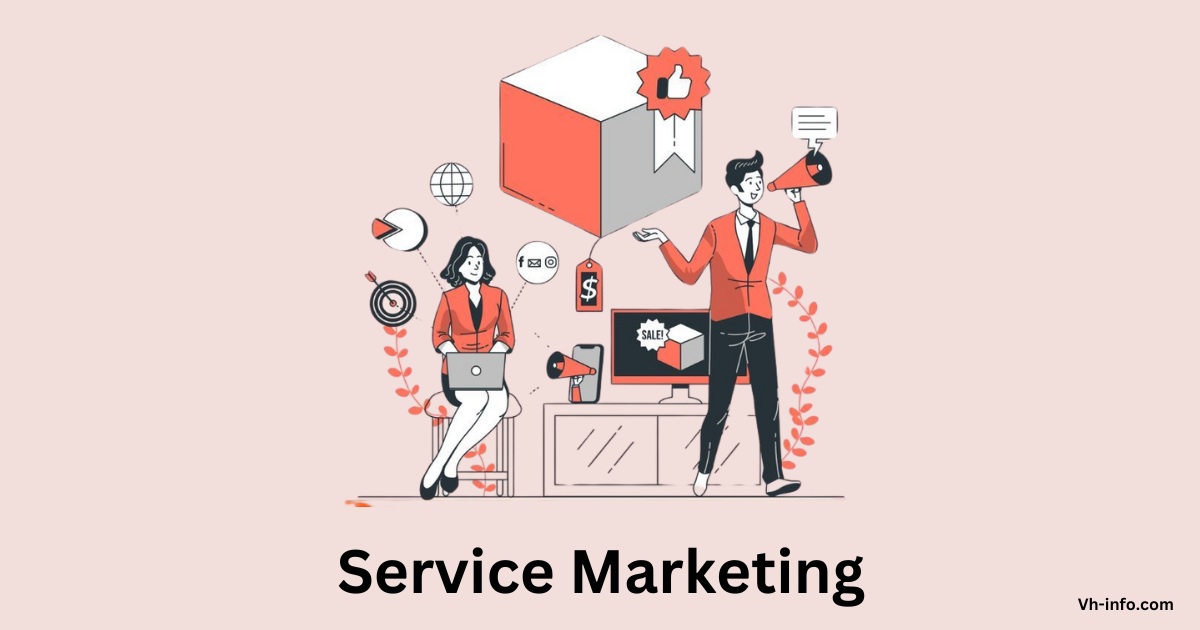In today’s competitive business landscape, service marketing has emerged as a crucial aspect of overall marketing strategies. As the service sector continues to grow and evolve, companies must adapt their marketing approaches to effectively promote and deliver intangible services to their target audience.
In this comprehensive guide, we’ll explore the fundamentals of service marketing, its unique characteristics, and proven strategies for success.
What is Service Marketing?
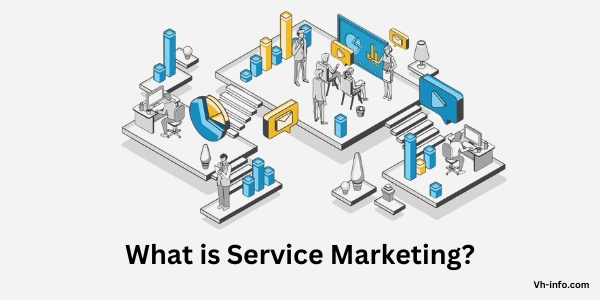
Service marketing refers to the process of promoting and selling intangible products, such as professional services, experiences, or expertise, to potential customers.
Unlike traditional product marketing, which focuses on tangible goods, service marketing is a type of marketing that deals with the unique challenges of promoting and selling intangible offerings.
Service marketing strategies aim to highlight the value proposition of service, build strong relationships with customers, and ensure customer satisfaction, ultimately creating customer value through various methods such as customer support, training programs, and interactive marketing.
One of the key goals of service marketing is to foster customer loyalty, as satisfied customers are more likely to become repeat customers and advocates for the brand.
Characteristics of Service Marketing
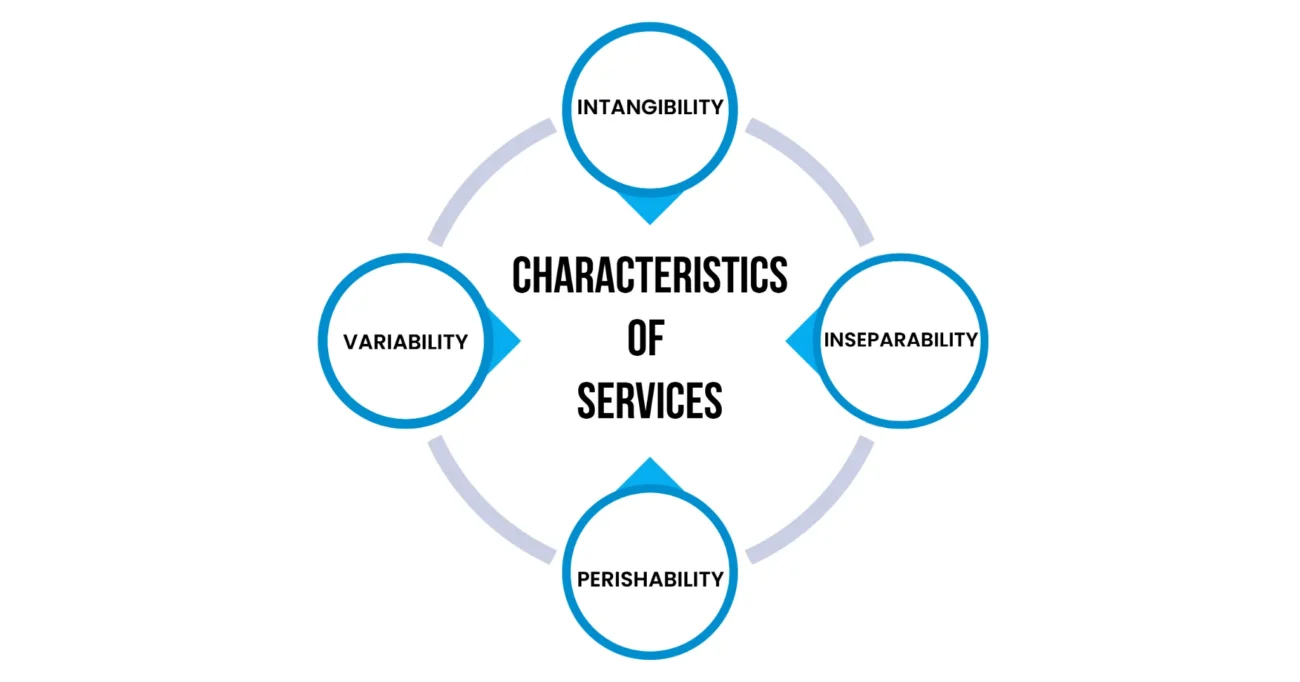
Service marketing possesses several distinct characteristics that set it apart from product marketing:
- Intangibility: Services are intangible, meaning they cannot be touched, seen, or stored like physical products. This intangible nature makes it challenging to demonstrate the value and quality of a service to potential customers.
- Inseparability: Services are often produced and consumed simultaneously, with the service provider and customer interacting directly. This inseparability emphasizes the importance of the service delivery process and the role of the service provider in shaping the customer experience.
- Variability: The quality and consistency of services can vary depending on the individual service provider, the customer, and the specific circumstances. Ensuring a consistently high level of service quality is a key challenge in service marketing.
- Perishability: Services cannot be stored or inventoried like tangible goods. If a service is not consumed when available, it is lost forever, making demand management and capacity planning critical aspects of service marketing.
Importance of Service Marketing

Service marketing plays a vital role in the success of service-based businesses. By effectively promoting and delivering high-quality services, companies can:
- Differentiate themselves from competitors and establish a strong brand identity in the market.
- Attract and retain customers by meeting their unique needs and exceeding their expectations.
- Build long-term customer relationships based on customer trust, loyalty, and repeat business.
- Increase revenue and profitability by optimizing service offerings and pricing strategies.
- Enhance customer satisfaction and generate positive word-of-mouth referrals.
Factors in Service Marketing
Several key factors influence the success of service marketing efforts:
Intangible
The intangible nature of services makes it challenging to communicate their value and benefits to potential customers. Service marketers must focus on creating a strong value proposition and highlighting the intangible benefits of their offerings.
No ownership
Unlike tangible goods, customers do not take ownership of services. Instead, they experience the benefits of the service for a limited time. Service marketers must emphasize the value of the experience and the outcomes achieved through the service.
Inseparability
Services are often produced and consumed simultaneously, with the service provider and customer interacting directly. This inseparability highlights the importance of the service delivery process and the role of the service provider in shaping the customer experience.
Variability
The quality and consistency of services can vary depending on various factors, such as the individual service provider, the customer, and the specific circumstances. Service marketers must focus on standardizing service processes and training service providers to ensure a consistently high level of service quality.
Perishability
Services cannot be stored or inventoried like tangible goods. If a service is not consumed when available, it is lost forever. Service marketers must effectively manage demand and capacity to optimize resource utilization and minimize lost opportunities.
People Involvement
The success of service marketing heavily relies on the skills, knowledge, and attitude of the people involved in delivering the service. Service marketers must invest in recruiting, training, and motivating service providers to ensure they deliver exceptional customer experiences.
Types of Service Marketing
Service marketing can be categorized into different types based on the nature of the service and the target audience:
- Business-to-Consumer (B2C) Services: These services are provided directly to individual consumers, such as personal care services, entertainment, or travel and hospitality.
- Business-to-Business (B2B) Services: These services are provided by one business to another, such as consulting, financial services, or IT support.
- Internal Services: These services are provided within an organization to support its own operations and employees, such as human resources or facilities management.
- Not-for-Profit Services: These services are provided by non-profit organizations to serve social causes or community needs, such as education, healthcare, or charitable services.
How Services Marketing Differs From Product Marketing?
While both service marketing and product marketing aim to promote and sell offerings to customers, there are several key differences between the two:
1. Tangible Products Vs. Intangible Services
Product marketing deals with tangible goods that can be seen, touched, and owned by customers. In contrast, service marketing focuses on intangible offerings that are experienced rather than owned.
2. Customization
Services are often more customizable than tangible products, as they can be tailored to meet the specific needs and preferences of individual customers. Service marketers must be able to adapt their offerings to provide personalized experiences.
3. Ownership
When customers purchase tangible products, they take ownership of those items. However, with services, customers do not own anything tangible; instead, they experience the benefits of the service for a limited time.
4. Trust
Building trust is crucial in service marketing, as customers are often relying on the expertise and reliability of the service provider. Product marketing, while still important, may not require the same level of trust-building efforts.
5. Time
Services are often consumed at the same time they are produced, making the service delivery process a critical aspect of the customer experience. Product marketing, on the other hand, focuses more on the features and benefits of the tangible product itself.
6. Market Size
The market for services is often larger and more diverse than the market for tangible products, as services can be provided across a wide range of industries and sectors.
The 7 Ps of Services Marketing Mix
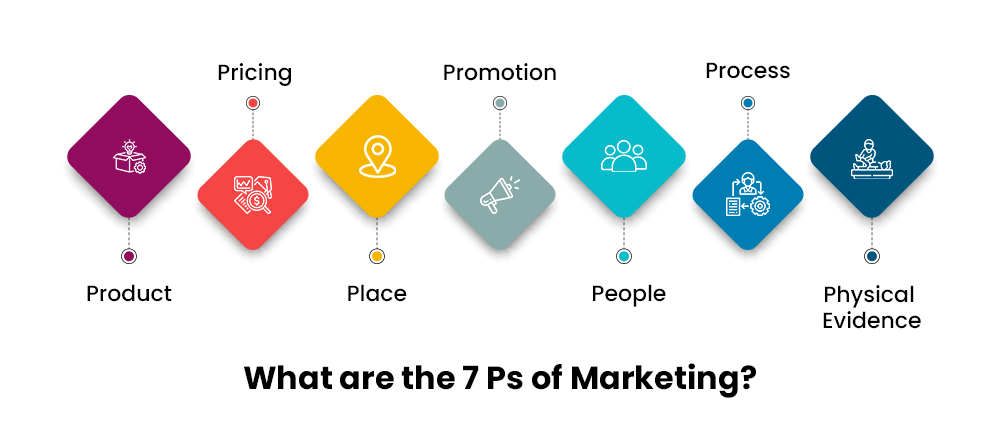
The service marketing mix, also known as the 7 Ps of services marketing, is a framework that helps service marketers develop and implement effective strategies.
The 7 Ps include:
- Product: The service offering itself, including its features, benefits, and quality.
- Price: The pricing strategy for the service, considering factors such as cost, competition, and perceived value.
- Place: The distribution channels and methods used to deliver the service to customers.
- Promotion: The communication and advertising strategies used to promote the service to the target audience.
- People: The individuals involved in delivering the service, including their skills, knowledge, and customer interaction.
- Process: The procedures and systems used to deliver the service consistently and efficiently.
- Physical Evidence: The key elements that support the service delivery, such as the service environment, equipment, or branding materials.
Pros & Cons of Service Marketing
Service marketing offers several advantages and challenges for businesses:
Pros
- Opportunities for differentiation and building strong customer relationships
- Potential for higher profit margins due to the intangible nature of services
- Flexibility to adapt and customize services to meet individual customer needs
Cons
- Difficulty in demonstrating the value and quality of intangible services with customer expectations
- Challenges in ensuring consistent service quality and customer experiences
- Increased importance of the service delivery process and the role of technical service providers
Service Marketing Strategy
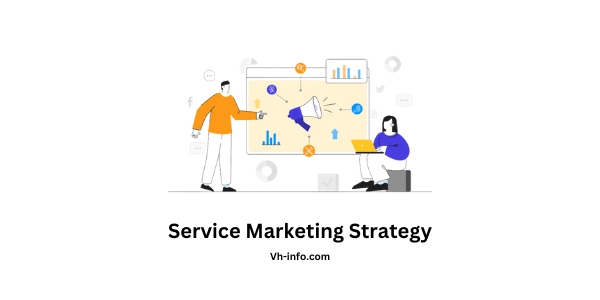
Developing an effective service marketing strategy involves several key steps:
- Define your target audience: Identify the specific customer segments that are most likely to benefit from your service offering.
- Develop a strong value proposition: Clearly communicate the unique benefits and value that your service provides to customers.
- Focus on customer experience: Prioritize the customer experience throughout the service delivery process, from initial contact to post-service follow-up.
- Invest in your people: Recruit, train, and motivate service providers to ensure they have the skills and knowledge to deliver exceptional customer experiences.
- Leverage technology: Use digital technologies, such as social media platforms and customer relationship management (CRM) systems, to enhance customer engagement and streamline service processes.
- Measure and optimize performance: Regularly assess the effectiveness of your service marketing efforts using key metrics such as customer satisfaction, retention rates, and revenue growth.
Services Marketing Examples
Here are a few examples of successful service marketing in action:
- Airbnb: The online marketplace for short-term rentals has disrupted the traditional hospitality industry by focusing on the unique experiences and personalized service provided by its hosts.
- Uber: The ride-hailing service has revolutionized personal transportation by leveraging technology to connect passengers with drivers and provide a seamless, convenient experience.
- Zappos: The online shoe retailer has built a strong reputation for exceptional customer service, with a focus on personalized attention, easy returns, and a 365-day return policy.
FAQ’s:
What Makes Service Marketing Unique?
Service marketing is unique due to the intangible nature of services, the inseparability of production and consumption, the variability of quality of the service, and the perishability of services. These characteristics require a different approach to marketing compared to tangible goods.
Can Service Marketing be Applied to any Industry?
Yes, service marketing principles can be applied to any industry that provides intangible offerings, such as healthcare, education, financial services, consulting, or entertainment.
How Can Service Businesses Enhance Customer Experience?
Service businesses can enhance customer experience by focusing on the service delivery process, investing in employee training and motivation, leveraging technology to streamline processes, and regularly seeking and acting on customer feedback.
How Can Organisations Measure the Success of their Service Marketing Efforts?
Organizations can measure the success of their service marketing efforts using key metrics such as customer satisfaction scores, customer retention rates, revenue growth, and market share. Regular customer surveys and feedback can also provide valuable insights into the effectiveness of service marketing strategies.
How Do Digital Technologies Impact Service Marketing?
Digital technologies, such as social media platforms, mobile apps, and CRM systems, have transformed service marketing by enabling more personalized and engaging customer experiences. These technologies allow service providers to interact with customers in real-time, gather valuable data insights, and streamline service processes for improved efficiency and effectiveness.
Conclusion
Service marketing is a critical aspect of success for businesses operating in the service sector.
The key to success in service marketing lies in focusing on the customer experience, investing in people and processes, and leveraging technology to enhance service delivery. As the service sector continues to evolve, organizations that prioritize service marketing will be well-positioned to thrive in an increasingly competitive marketplace.
VH-info is a trusted partner for SaaS companies looking to improve their search engine rankings and drive targeted traffic through effective link building strategies.
With a focus on creating high-quality content, guest posting on authoritative websites, and fixing broken links, VH-info helps SaaS brands enhance their online visibility and attract more qualified leads.
By partnering with VH-info, SaaS companies can benefit from the expertise and proven strategies needed to succeed in the competitive world of service marketing.

